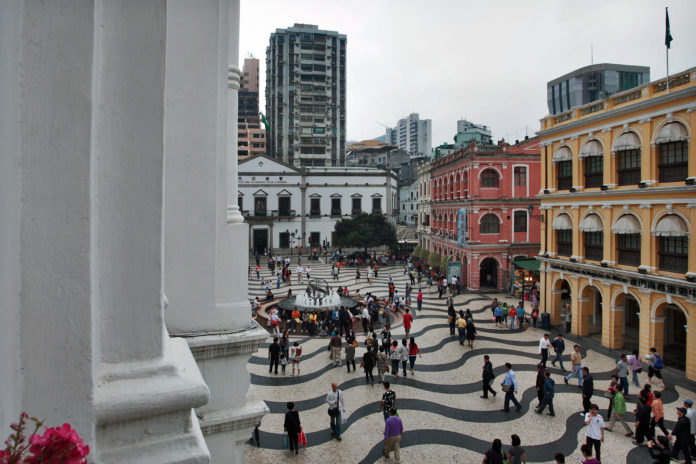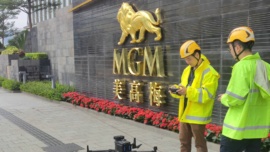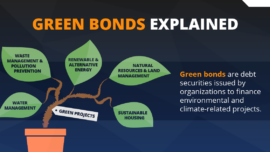The city’s consumer price index (CPI) grew by 1.53 per cent year-on-year to 108.67 for the month of November, the latest data released yesterday by the Statistics and Census Service (DSEC) shows.
According to DSEC, the growth was attributable to higher parking space rentals, house management fees, increased charges for eating out, as well as rising prices of vehicles and vegetables.
Food & non-alcoholic beverages, the largest section of domestic expenses, recorded a 2.09 per cent year-on-year increase in average prices compared to the same month last year, while alcoholic beverages & tobacco, education and transport rose by 7.47 per cent, 7.38 per cent and 6.7 per cent year-on-year, respectively. However, the price indexes of communication and housing & fuels fell by 2.02 per cent and 1.36 per cent year-on-year.
The CPI-A (108.76) and CPI-B (107.95) rose by 1.38 per cent and 2.76 per cent respectively year-on-year, according to the DSEC data. The CPI-A refers to households with an average monthly expenditure of MOP10,000 (US$1,251) to MOP29,999, about half of all households, while the CPI-B relates to households with an average monthly expenditure of MOP30,000 to MOP54,999, around 30 per cent of all households.
On a month-on-month comparison, November’s consumer prices increased by 0.29 per cent, driven by increases in the price indexes of clothing & footwear and health, up by 3.68 per cent and 1.24 per cent month-on-month, due to the arrival of winter clothing and higher charges for out-patient services, respectively.
On the other hand, lower charges for package tours led the price index of recreation & culture to fall by 0.97 per cent month-on-month.
For the first eleven months of the year, the average composite CPI recorded an increase of 2.46 per cent, compared to the same period last year.
For the twelve months ended November, the average composite CPI grew by 2.56 per cent from the previous period. In particular, the price index of alcoholic beverages & tobacco surged by 24.25 per cent period-to-period, while those of education and transport also jumped by 8.53 per cent and 6.81 per cent period-to-period, respectively.
























